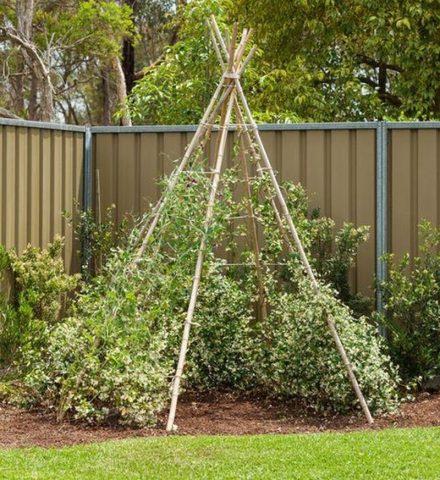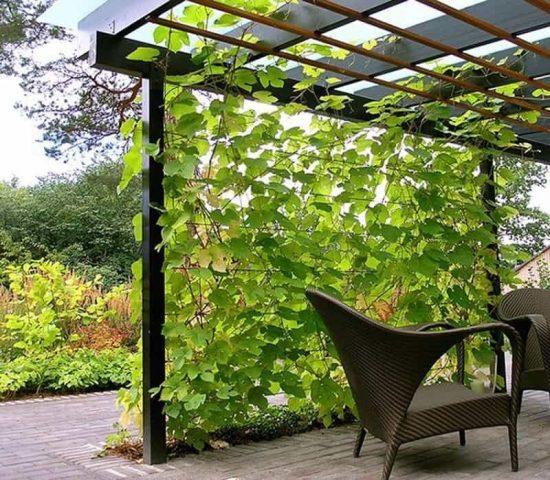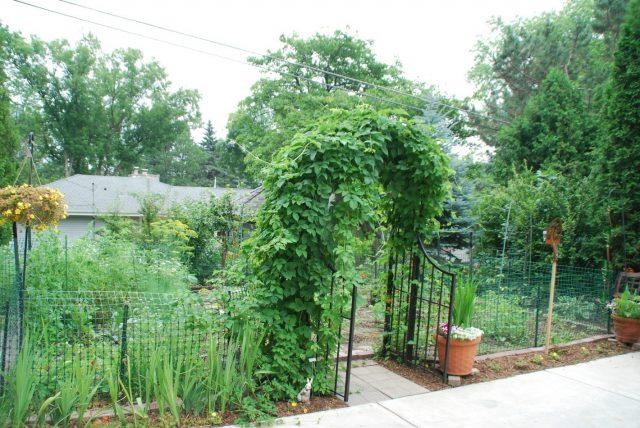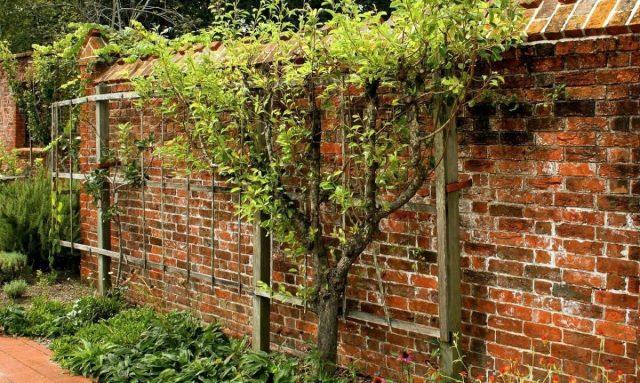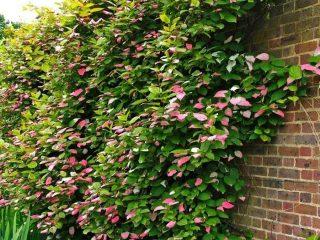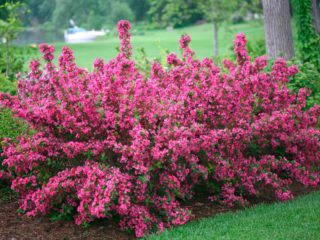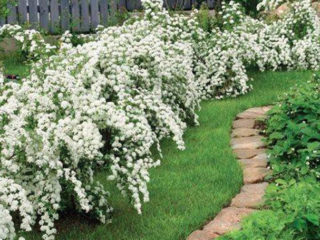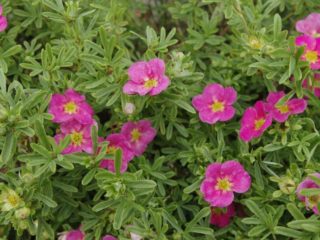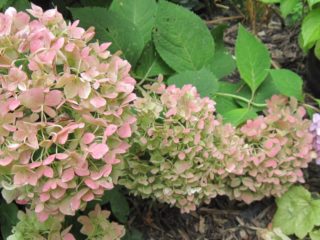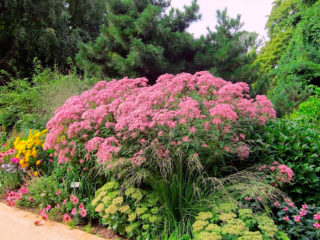Content
A do-it-yourself actinidia support is a very simple design. It can be made at no extra cost from cheap and affordable materials.
Why do you need a trellis?
Actinidia is a perennial vine with long flexible shoots. Without any support, the crop develops poorly, breaks from strong winds and bends under the weight of the fruit.
In the garden, actinidia is often planted next to fences, gazebos and building facades. But if the shrub is to be placed on a flat, open area, a trellis should be installed for it.
Perennial actinidia has several types of shoots:
- growth - such branches represent the basis of the bush;
- mixed - shoots grow up to 1 m, actively participate in fruiting;
- fruit trees - berries also ripen on such branches; the stems are particularly fragile.
Shoots of the last two types must be fixed on a support. At the same time, it is advisable to install it in the early stages of bush development.
The trellis not only protects actinidia shoots from damage, but also helps improve fruiting. The branches of the plant on supports receive the maximum amount of sunlight and fresh air. As a result, a bountiful harvest is formed, the berries ripen evenly and at approximately the same time.
What types of supports are there?
Supports for actinidia can vary greatly in design. However, they all have a simple structure; making them with your own hands is quite simple. It is customary to highlight several of the most popular options:
- Hut. The support is made from several stakes connected at an angle at the top, or from wooden slats. Actinidia shoots are laid on horizontal tiers located one above the other.
An adult actinidia can completely hide the hut support.
- Wire trellis. Several rows of wire are stretched between two strong supports, leaving 50-100 cm between them. Actinidia is tied to the tiers as it grows, forming a wide green wall of shoots of the crop.
A wire trellis is especially convenient to use when decorating a gazebo
- Arch support. Such structures are made from plastic or metal profiles, smoothly bending them at the top. The stems of the plant are attached to transverse slats.
Arched supports are popular in landscape design, as they allow you to zone the space in the garden
- Wall-mounted. A wooden or metal sheathing with a medium cell size is installed next to the facade of the building. Actinidia shoots are tied up throughout their growth; as a result, the plant forms a green carpet covering the facade.
Actinidia on a wall support allows you to decorate a blank, uninteresting wall of a building
When making a support with your own hands, you can use almost any materials. The most popular are:
- metal fittings - the support is difficult to make yourself, but it is durable;
- wooden beams - trellises are cheap, you need a simple tool to create them;
- plastic pipes - it is very easy to make a support from such material, PVC does not rot, does not deform and has good strength.
If the trellis is to be attached to a stable base, you can use a material with a low mass to create it. But if the structure is to be installed in an open place in the garden, it is better to use metal fittings or wooden blocks. In this case, the trellis will not fall under gusts of wind or under the weight of snow.
DIY support for actinidia
Making a support for perennial actinidia with your own hands is very simple. The scheme for creating an elementary structure looks like this:
- At the selected site, two metal supports are dug into the ground at a distance of 2-2.5 m from each other.
- Three rows of galvanized wire are stretched between them.
- The first tier is placed 50 cm from the ground, the subsequent ones are installed after 1 m.
The design is well suited for use in the south and middle zone. If you are going to grow a vine in a region with a cold climate, you can make a collapsible trellis. Between the metal supports there is not wire, but thin steel profiles, which are fixed in specially provided holes in the posts. The distance between the tiers remains the same. With the arrival of cold weather, the structure is laid on the ground along with vines and a shelter is built over it.
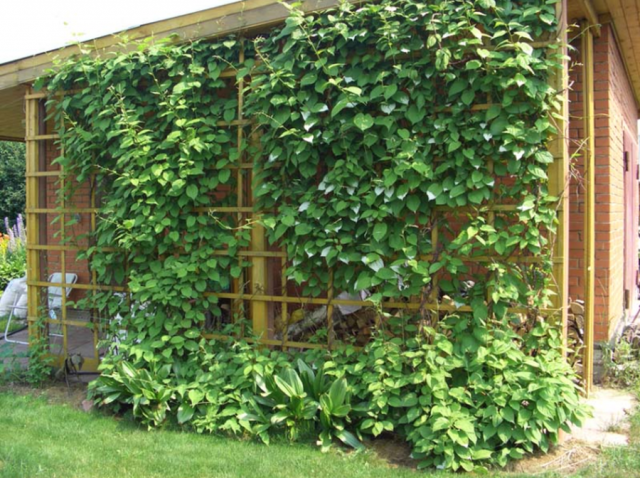
The height of the trellis for actinidia should be about 3 m
How to tie it correctly
In order for the support to contribute to the rapid, problem-free growth of actinidia, the perennial vine must be properly tied to the trellis. Usually the following scheme is used:
- In the first year after planting the shrub, skeletal shoots are fixed only to ordinary stakes.
- For the second season, a full-fledged support structure is built.
- Two vines are tied horizontally to the first tier of the trellis, pointing them in different directions.
- With the onset of autumn, weak shoots formed below the branches fixed to the support are eliminated.
- The next year, new fruit-bearing vines are vertically fixed to the trellis.
- Over the next seasons, fresh branches are tied to the support, distributing them as evenly as possible.
From time to time, actinidia are pruned and all excess shoots that thicken the plant are removed. Lianas located on a trellis should be well ventilated and receive enough sun.
Conclusion
A do-it-yourself support for actinidia can be made of metal fittings, wood or plastic pipes. It is very simple to build the structure; it does not require specialized tools or special skills.
